The snake plant (Sansevieria trifasciata), also known as “mother-in-law’s tongue,” is one of the most popular houseplants worldwide because of its striking sword-shaped leaves, air-purifying qualities, and minimal care requirements. While it is a hardy plant that can withstand a variety of conditions, one of the most common mistakes people make is overwatering or underwatering. Striking the right balance is essential to ensure optimal growth, vibrant leaves, and long-lasting health. This guide provides an in-depth exploration of how often to water your snake plant, the factors influencing watering frequency, and practical tips for maintaining a thriving plant at home.
Introduction: Why Watering Matters for Snake Plants
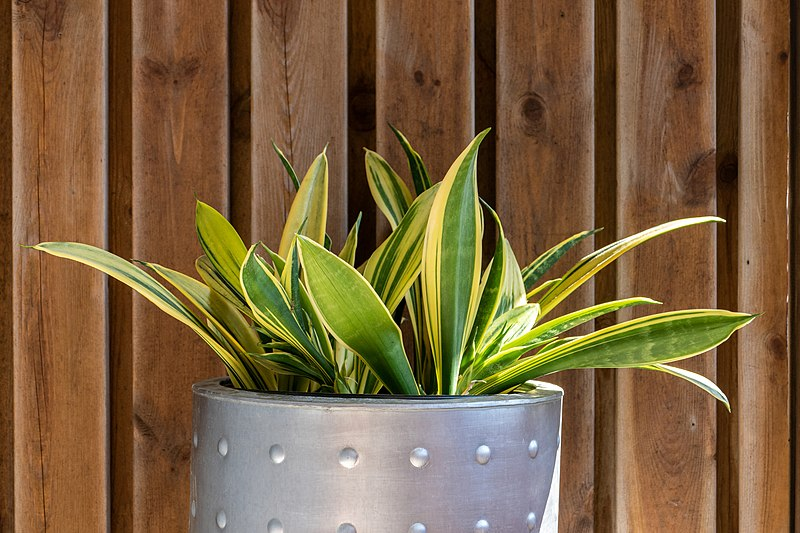
Snake plants are succulents, meaning they have adapted to store water in their thick, fleshy leaves to survive in arid environments. Unlike tropical houseplants that thrive in consistently moist soil, snake plants prefer a dry cycle between waterings. Because of this unique adaptation, they can survive neglect but are highly susceptible to root rot if overwatered.
Finding the right watering schedule is crucial, not only for the plant’s survival but also for encouraging steady growth and lush, upright foliage. Beginners often wonder, “How often should I water my snake plant?” The answer isn’t fixed—it depends on several environmental and seasonal factors.
Understanding the Snake Plant’s Natural Habitat
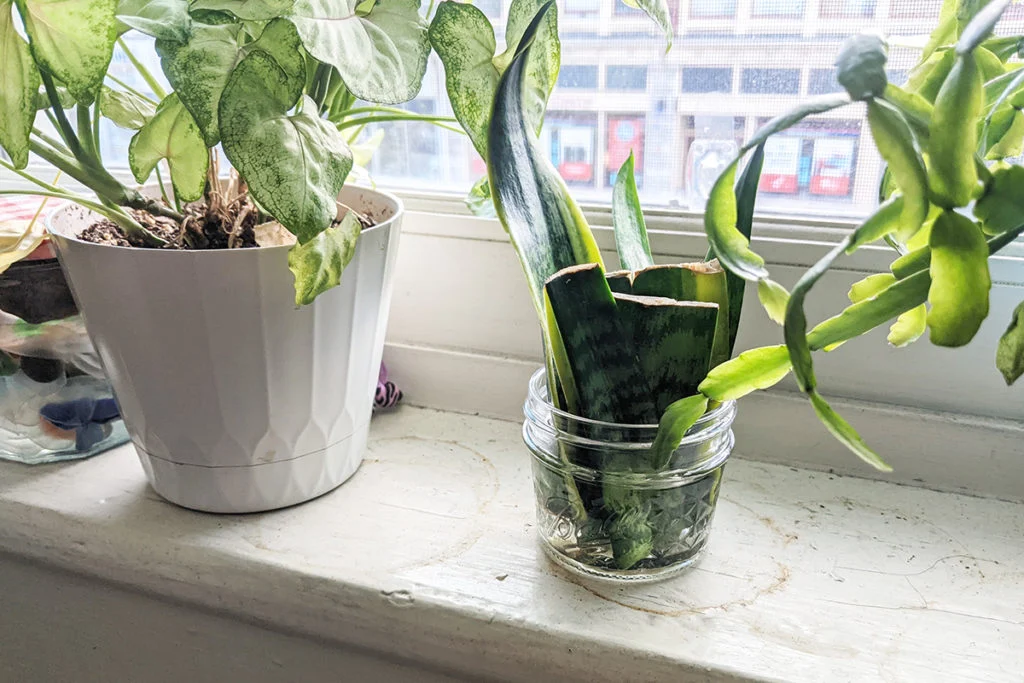
Snake plants originate from West Africa, where they grow in dry, rocky soil and endure long periods of drought. Their leaves act as natural reservoirs, storing water and releasing it gradually during dry spells. This evolutionary background explains why they require less water compared to many other indoor plants. Replicating these natural conditions in your home environment ensures optimal health.
General Watering Rule for Snake Plants
As a general rule, snake plants should be watered every 2–6 weeks, depending on environmental conditions such as season, temperature, humidity, and light exposure. The soil should always be allowed to dry out completely before watering again.
A simple test is the finger test—insert your finger about two inches into the soil. If it feels dry, it’s time to water; if it still feels moist, wait a few more days.
Factors That Affect Watering Frequency
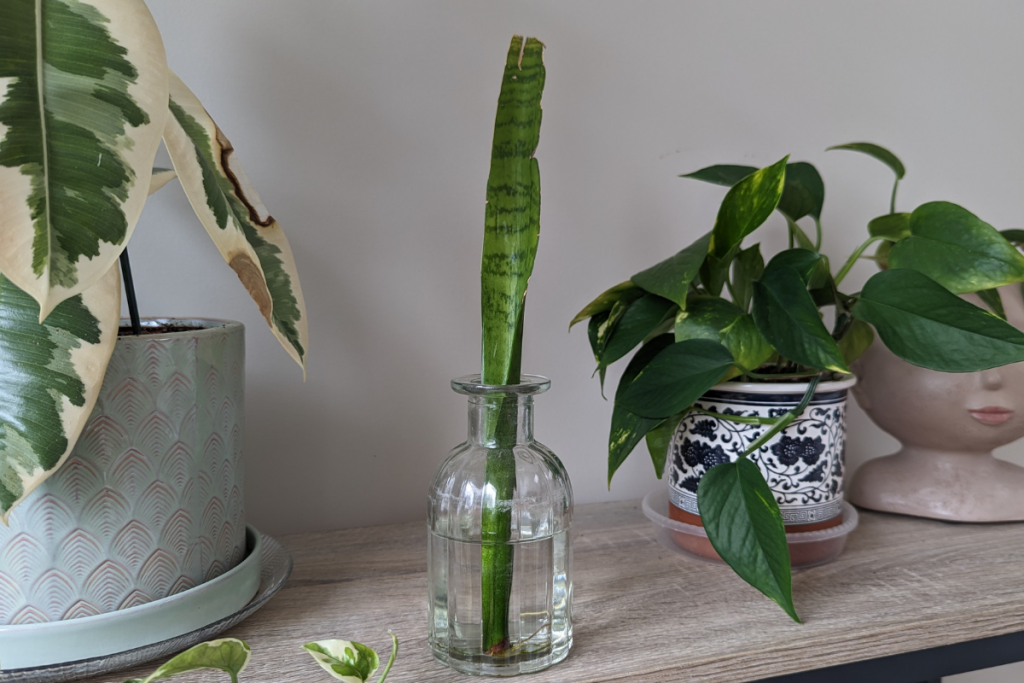
1. Seasonal Changes
- Spring and Summer: During the growing season, snake plants are more active and may require watering every 2–3 weeks.
- Fall and Winter: Growth slows significantly, and water needs decrease. Watering once every 4–6 weeks is usually sufficient.
2. Light Exposure
- Snake plants placed in bright, indirect light tend to dry out faster and need more frequent watering.
- In low-light conditions, water consumption is lower, and watering can be less frequent.
3. Temperature and Humidity
- In warm, dry climates, soil loses moisture faster, requiring slightly more frequent watering.
- In cooler or humid environments, snake plants retain moisture longer, so overwatering is a bigger risk.
4. Pot Size and Material
- Terracotta pots allow for quicker evaporation, which means plants may need watering sooner.
- Plastic or ceramic pots retain moisture longer, reducing watering frequency.
- Smaller pots dry out faster than larger pots, influencing how often you water.
5. Soil Type
- Well-draining soil is crucial. A mix of cactus soil with added perlite or sand prevents water from sitting at the roots. Poor-draining soil increases the risk of root rot, even if you water sparingly.
Signs of Overwatering vs. Underwatering
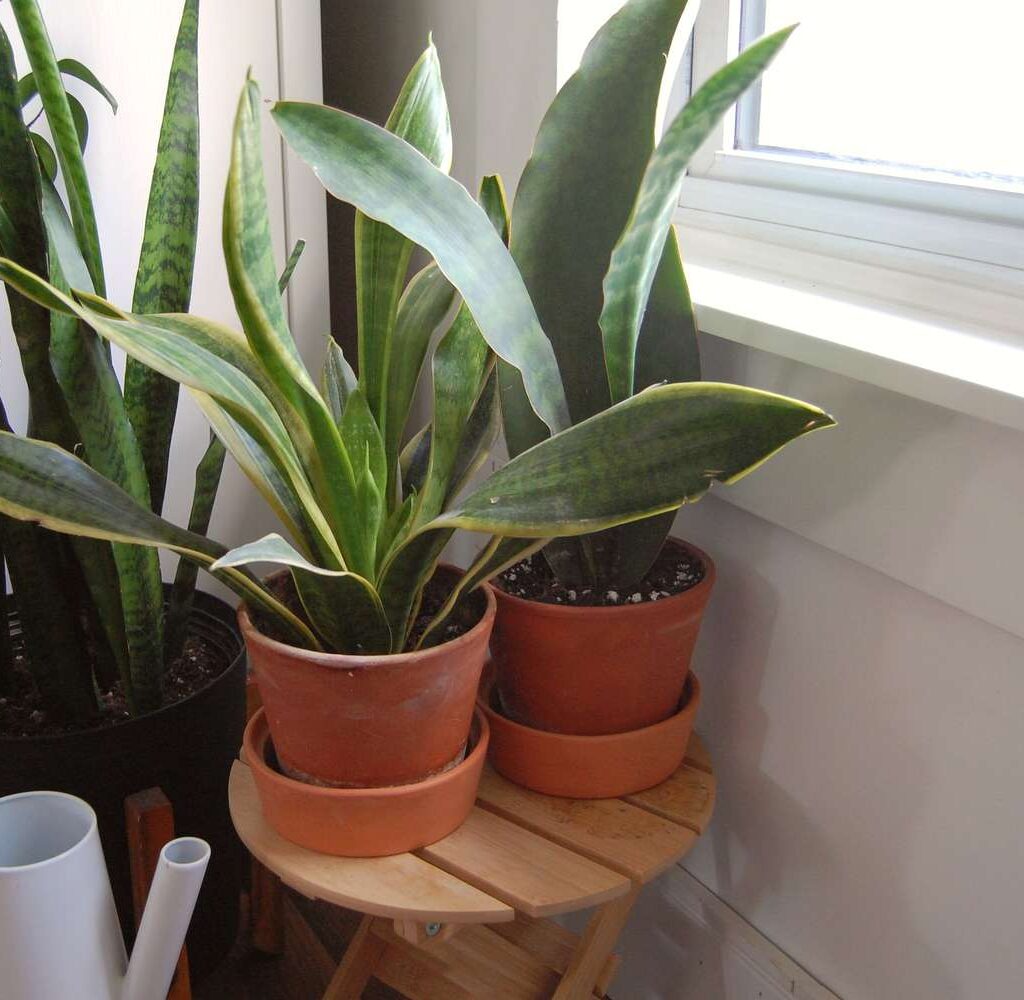
Overwatering Symptoms
- Yellowing leaves starting from the bottom.
- Mushy, soft, or drooping leaves.
- Foul odor from soil (a sign of root rot).
Underwatering Symptoms
- Wrinkled, curling, or crispy leaf edges.
- Slowed or stunted growth.
- Leaves losing their firmness and upright shape.
Learning to recognize these signs early allows you to adjust your watering routine and prevent long-term damage.
Step-by-Step Guide to Watering Your Snake Plant
- Check the Soil – Always ensure the top 2–3 inches of soil are completely dry.
- Water Thoroughly – Pour water slowly into the soil until it drains out from the bottom. Empty the saucer beneath the pot to avoid stagnant water.
- Avoid Wetting the Leaves – Water should be directed at the base of the plant, as wet leaves can invite fungal issues.
- Use Room-Temperature Water – Cold water can shock the roots, so let tap water sit for a few hours before using it.
- Stick to a Routine – Consistency is key, but adjust based on environmental changes.
Seasonal Watering Guide
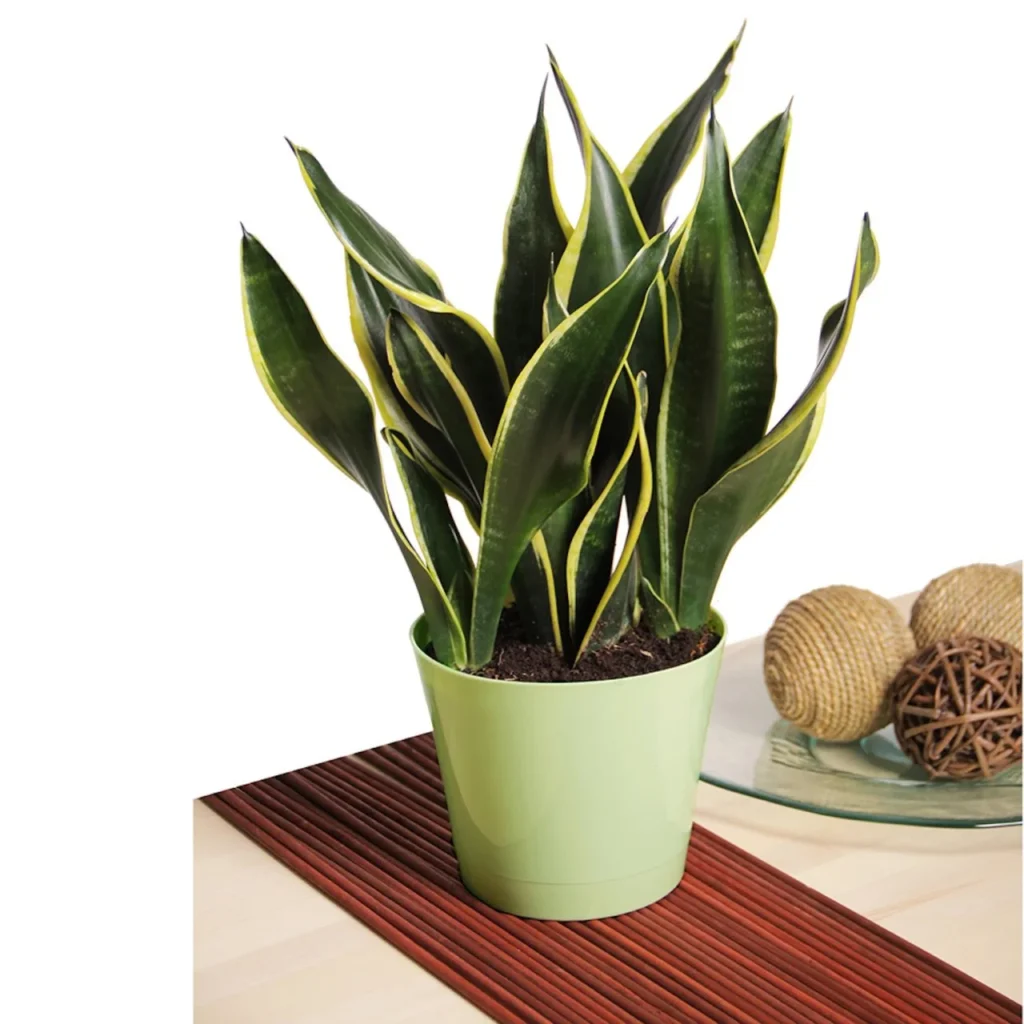
- Spring (March–May): Water every 2–3 weeks as the plant begins active growth.
- Summer (June–August): Water every 2 weeks, especially in hotter regions.
- Fall (September–November): Reduce to every 3–4 weeks.
- Winter (December–February): Water every 4–6 weeks, or only when soil is completely dry.
Tips for Beginners
- Less is More: It’s safer to underwater than overwater a snake plant.
- Use a Moisture Meter: Helpful for beginners who struggle to gauge soil dryness.
- Adapt to Your Home: No two homes are the same—observe your plant and adjust accordingly.
- Rotate Your Plant: Turning your plant occasionally ensures even light exposure and balanced water use.
Common Mistakes to Avoid
- Watering on a Fixed Calendar – Snake plants don’t thrive on rigid schedules; soil dryness should guide watering.
- Using the Wrong Soil – Heavy, water-retentive soil can suffocate roots.
- Letting Water Sit in Saucers – Standing water leads to root rot.
- Ignoring Seasonal Needs – Watering the same in winter as in summer is a frequent mistake.
The Role of Humidity and Climate
In tropical or humid regions, snake plants may require watering less frequently since moisture lingers in the air and soil. Conversely, in arid regions or during summer air-conditioning use, soil dries faster, and the plant might need water more often. Understanding your home’s microclimate is essential for success.
Why Proper Watering Ensures Optimal Growth
When watered correctly, snake plants produce strong, upright leaves with vibrant green and yellow variegation. Proper hydration also supports their natural air-purifying abilities, as healthy plants are more efficient at filtering toxins such as formaldehyde and benzene from the air.
Over time, correct watering not only keeps your plant thriving but also promotes flowering—a rare but beautiful occurrence in mature snake plants under ideal conditions.
Conclusion
Watering your snake plant for optimal growth is less about following a strict timetable and more about learning to observe and respond to your plant’s needs. While the general guideline of watering every 2–6 weeks is a good starting point, the actual frequency depends on factors like season, light exposure, temperature, and pot conditions.
By avoiding overwatering, monitoring environmental factors, and adapting your care routine, you’ll be able to enjoy a thriving snake plant that enhances your indoor space with its beauty and resilience. Remember: when in doubt, it’s better to underwater than overwater.





Leave A Comment